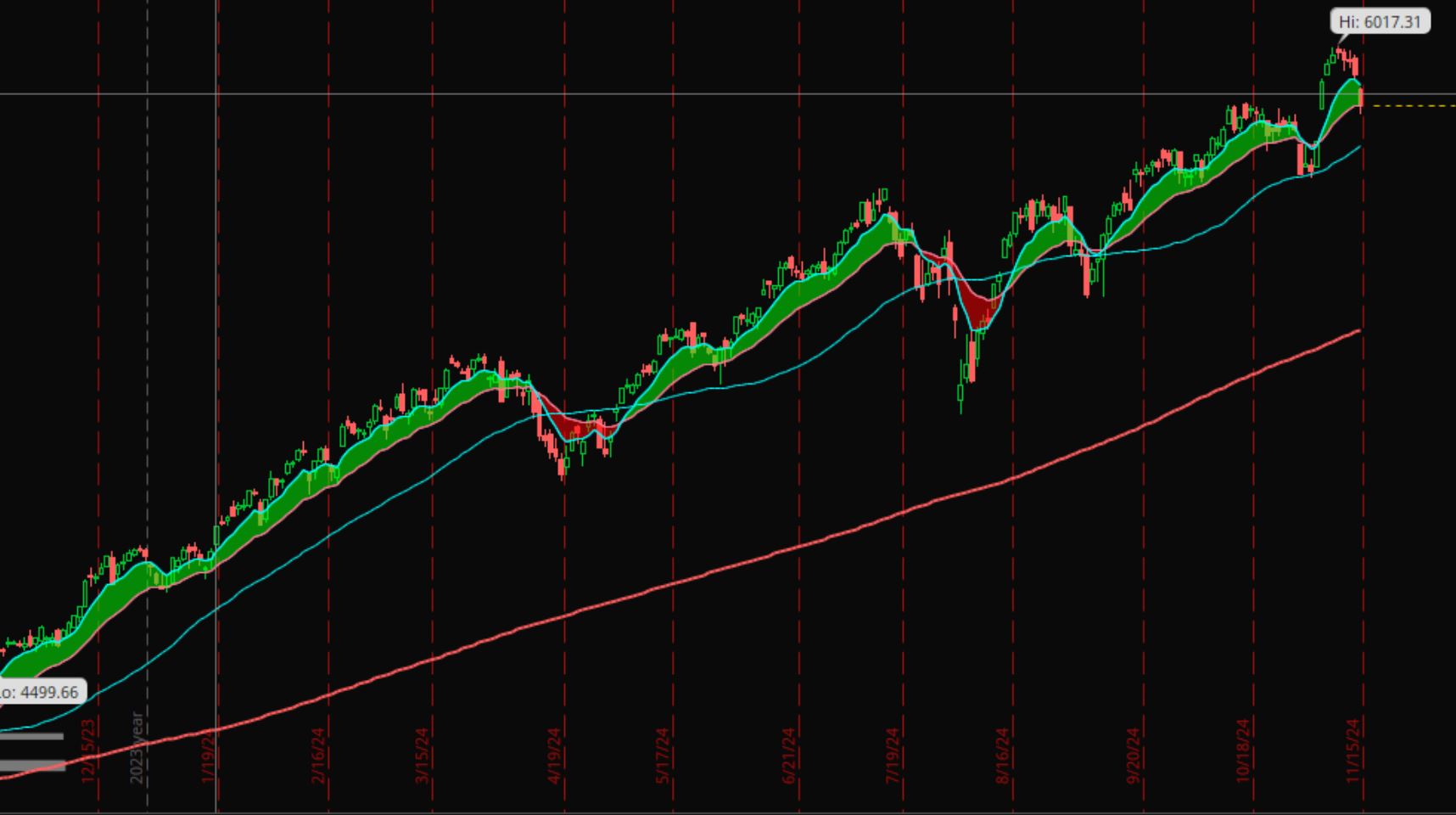In financial markets, the term “Wall of Worry” refers to a situation where stocks continue to rise despite widespread concerns and negative sentiment. Investors often fret over issues like economic slowdowns, interest rate hikes, geopolitical instability, or inflation—yet, history shows that markets frequently climb despite these fears. The reason? A steady flow of capital, improving economic conditions, and the tendency of markets to anticipate and price in risk before a real downturn occurs.
Are We in a Wall of Worry Right Now?
Absolutely. The market today is facing multiple concerns:
- Recession fears: Some economists warn of a potential slowdown in economic growth, though recent data remains mixed.
- Stagflation concerns: The combination of high inflation and slow growth has investors on edge, but corporate earnings have held up better than expected.
- Trade tariffs and global uncertainty: Recent geopolitical tensions and tariff policies have introduced volatility, but markets have weathered similar storms in the past.
Despite these challenges, the S&P 500 recently snapped a four-week losing streak, indicating resilience. The Volatility Index (VIX) remains elevated but not at crisis levels, suggesting that investors are cautious but not panicking. Additionally, the Fear & Greed Index is signaling a more balanced sentiment, which historically precedes bullish trends.
Examples of Past Market Rallies Despite Fear
- 2009-2021 Bull Market: Following the 2008 financial crisis, investors were extremely cautious due to high unemployment, sluggish economic recovery, and central bank interventions. Despite these concerns, the market went on to rally for over a decade.
- COVID-19 Recovery (2020-2021): In early 2020, fears surrounding the pandemic caused a sharp market crash. However, as businesses adapted and stimulus measures were implemented, stocks rebounded strongly, reaching new highs within months.
- 2011 Debt Ceiling Crisis: The U.S. faced a major debt ceiling crisis, leading to fears of a government default. Despite a temporary selloff, markets quickly recovered and moved to new highs.
Why the Market Could Move Higher This Week
- Upcoming PCE Report: The Personal Consumption Expenditures (PCE) report, which the Fed closely monitors for inflation trends, is set to be released on March 28. A softer-than-expected reading could strengthen the case for a Fed pause and drive market optimism.
- Earnings Strength: Many companies have reported better-than-expected earnings, showing that businesses continue to generate profits despite macroeconomic challenges.
- Federal Reserve Policy: The Fed remains cautious about cutting rates too soon, but its measured approach reassures markets.
- Cash on the Sidelines: Many investors have been holding back due to fear, but as confidence grows, we could see significant capital flowing back into the market.
- Technical Support Levels: Key indices, such as the S&P 500, are showing signs of support at critical technical levels, which often precede rallies.
Final Thoughts
While concerns remain, the market is showing classic signs of climbing a Wall of Worry. Historically, when skepticism is high but stocks show resilience, it often leads to a bullish breakout. This week, with earnings results rolling in and sentiment stabilizing, we may see a shift toward renewed upside momentum.
Investors should remain cautious but recognize that markets reward those who look beyond short-term fear and focus on buying great companies at a discount for long-term growth.












Leave a Reply